The choice of gear for monitoring sound has always been a quest for me. From my early experiments in childhood to professional sound design today, my listening tools have shaped not only the way I hear but also the way I create. This is the story of how my monitoring setup evolved over the years.
When I first started manipulating sounds as a child, I believed the bigger the speaker, the better the sound. My ears were untrained, and my judgment was naïve. At that time, most of what I was monitoring was musical, and I was fascinated by details and emotions. I could spend hours tweaking EQs on a single sound, completely losing track of time.
My first setup was as basic as it gets: no monitoring speakers, and headphones were rarely part of the picture. I was using Hi-Fi systems and passive loudspeakers made for shows and concerts, not ideal. But as I began producing more serious work and testing my recordings on different systems, I realized just how much the playback environment shapes perception. The same mix could sound like night and day on two different systems.
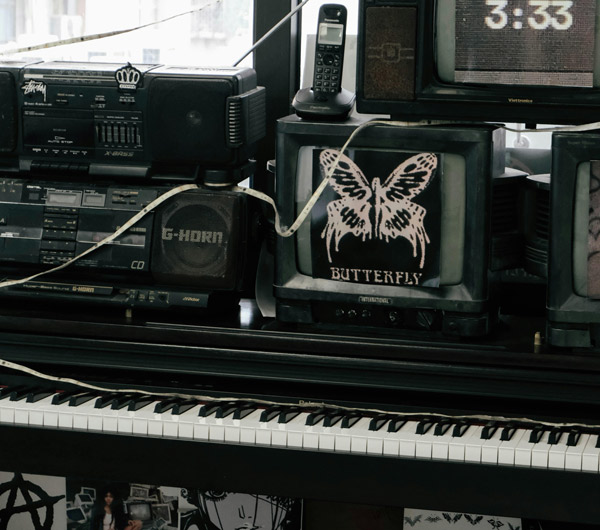
During my teenage years, I built a DIY FM transmitter so I could broadcast through the house and listen on my parents’ hi-fi system; probably the best sounding gear in the house at the time. Eventually, I stepped into the world of professional monitors.
One of my first serious pairs was the Genelec 1031A, a reference standard for many professionals. I had read so much about them that I was thrilled when I finally got to hear them. But to my surprise, they sounded “flat” compared to my hi-fi radio. The excitement faded quickly until I realized what I was really hearing: accuracy.
The Genelec forced me to relearn how to listen. I revisited my favorite music and discovered layers of detail I’d never noticed. Once my ears adapted, there was no going back. That was the turning point: I became addicted to detail.
Over the years, I added more monitors to my collection, the legendary Yamaha NS-10, Adam Audio A7X, and a few others, along with the PreSonus Monitor Station to easily switch between systems.
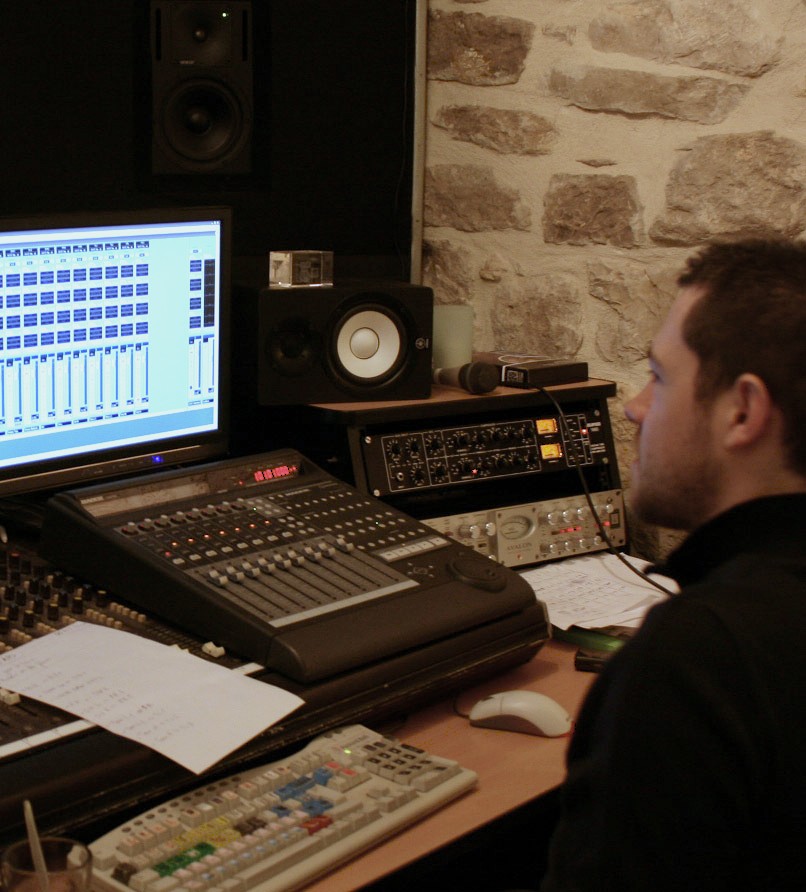
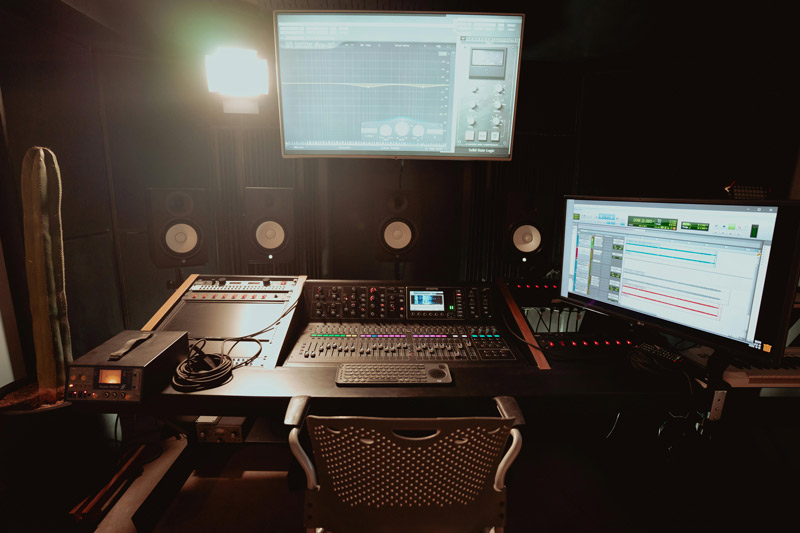
At the same time, I started investing seriously in headphones. Over the years, I tried models from Sennheiser, Shure, Audio-Technica, Sony MDR, and Beyerdynamic.
The Adam Audio A7X remained a favorite among speakers, but when it came to headphones, I kept coming back to Beyerdynamic DT 770 Pro for over-ear monitoring. Everything sounded smooth, detailed, and comfortable for long listening sessions.
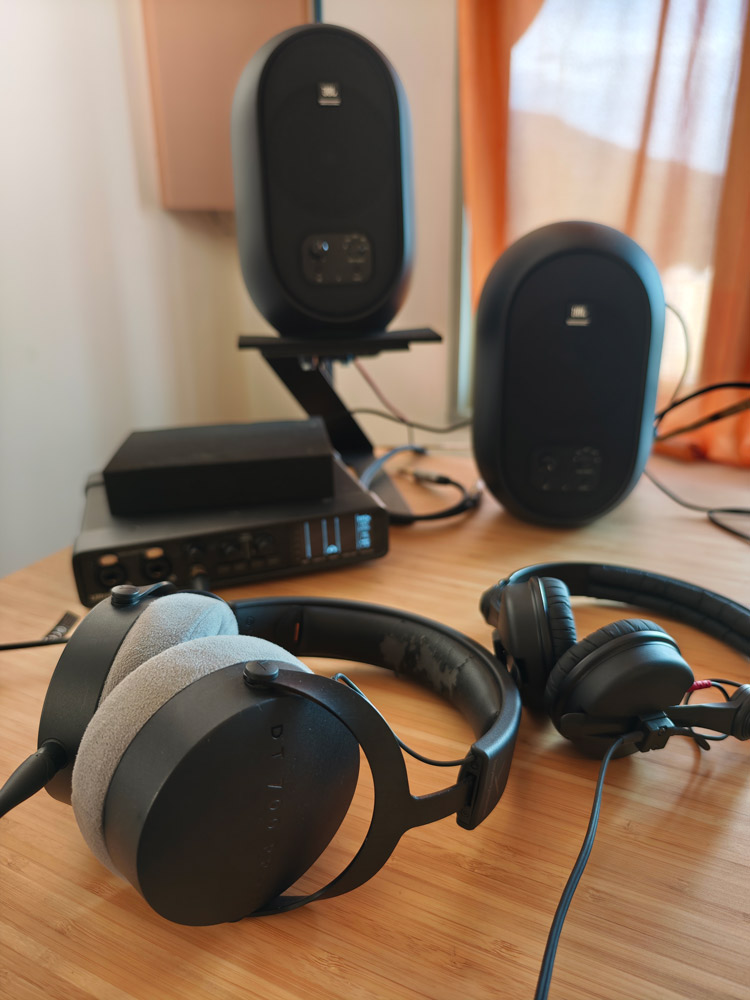
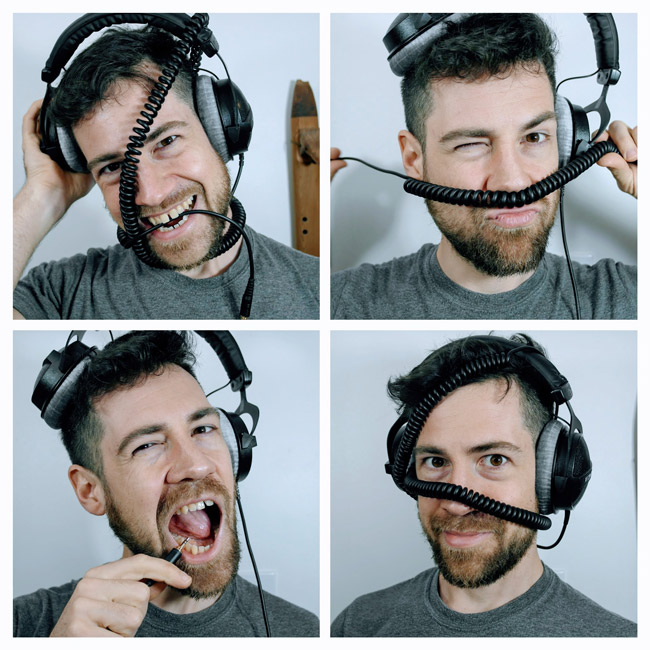
As my work became more professional, listening turned into a full-time endeavor. I was delivering products that had to sound great in every context: headphones, car stereos, hi-fi systems, laptop speakers. Comparative listening became an obsession, but also a humbling process: there is no perfect mix that translates everywhere.
These years of critical listening shaped my ear. Today, I’m probably more sensitive to sound than most people, but paradoxically also more forgiving. My brain has learned to filter unwanted noises automatically, though when I’m tired, certain sounds can still irritate me.
Monitoring Sound Effects vs. Music
Working with sound effects requires a different approach from music. For effects and ambiences, clarity and spatialization are more important than frequency response or dynamics. This shift changed the tools I relied on: headphones became my primary monitoring device.
For critical detail, nothing beats a good pair of headphones, though you must be careful not to crank the volume too high and risk damaging your ears.
To isolate myself in noisy environments, I sometimes combine in-ear monitors with over-ear headphones. My go-to in-ears are the Shure SE535 Pro, which replaced my entry-level Shure SE215. I also experimented with FiiO brand and even custom-made in-ears that cost $1,500, but comfort was an issue, so I stuck with the Shures.
For noisy locations, I sometimes add Bose QuietComfort (for isolation, not monitoring), layered with in-ears.
If the environment allows it, I really enjoy listening to BeyerDynamic for hours, it is still one of my preferred headphone brands I use.
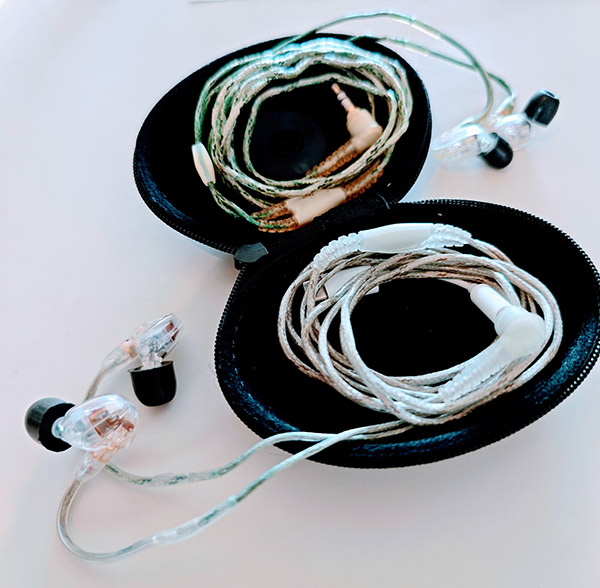
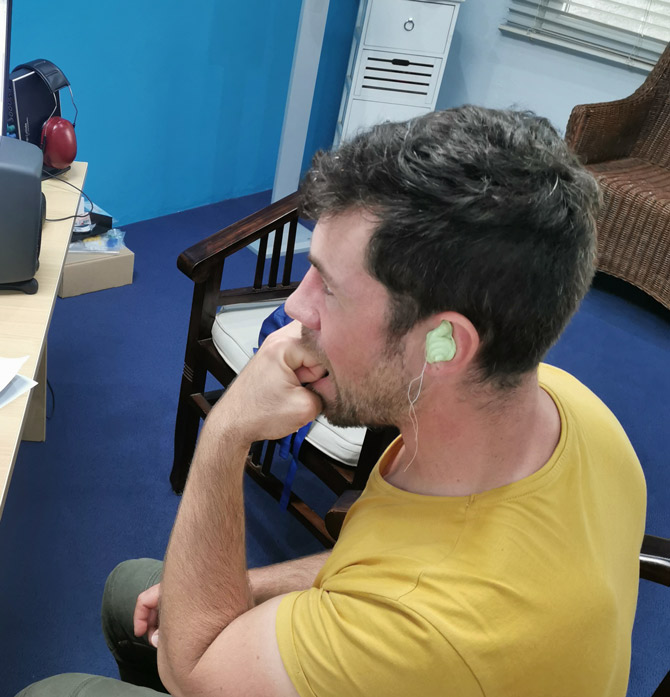
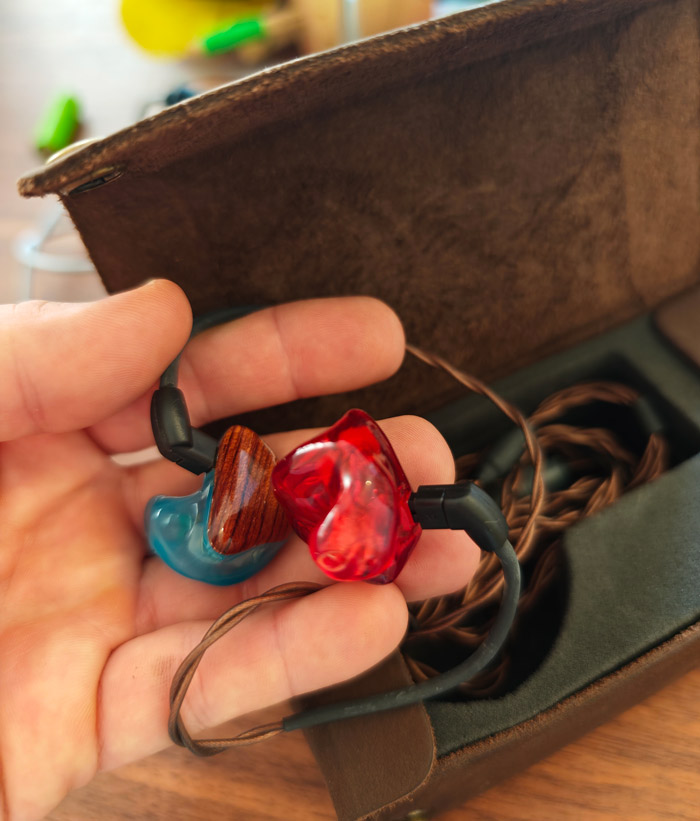
If you’re interested in working with headphones for mixing, I recommend Greg Simmons’ excellent series Mixing with Headphones.
Monitoring While Recording
Monitoring during recording is less about fine-tuning for artistic choices and more about diagnosing potential issues before they ruin a take. It’s the moment to catch wind buffeting, handling noise, RF interference, or an unbalanced signal that could otherwise go unnoticed until much later. Consistent headphone monitoring ensures you’re aware of these problems in real time, though in practice it doesn’t always have to mean being glued to your cans for the entire session.
Personally, I don’t consistently monitor every second of what I’m capturing, especially when recording ambiences. I prefer to listen with my own ears first, moving my head slightly to locate the “sweet spot” and orientation for the microphones. This gives me a stronger connection to the space itself rather than only interpreting it through headphones.
Of course, it’s always wise to check the signal at least briefly to make sure nothing is wrong: no unexpected hums, distorted gusts of wind, or cable crackles creeping in. For more precise or specific recordings, like close-ups of objects, mechanisms, or delicate textures, headphone monitoring can feel essential. But when working quickly in the field, reacting to fleeting moments, there’s often no time to grab headphones. Interesting sounds can vanish in seconds, and being over-focused on monitoring risks missing them altogether. The rise of 32-bit float recorders has also made this balance easier, the risk of clipped recordings is greatly reduced, so I can work more freely without obsessing over gain staging in the moment.
Over time, I discovered that what works best for me in the field is using active noise-cancelling headphones, like Bose QuietComfort. I know this isn’t the typical choice for professional monitoring, these headphones aren’t flat in frequency, and many engineers wouldn’t consider them “serious” tools. But for my needs, they’ve proven incredibly useful. The noise cancellation allows me to cut through the chaos of the environment and focus on potential recording issues, especially in the low-frequency range where rumbles, handling noise, or distant engines can hide. Flat response isn’t my concern here, diagnosing problems quickly is. For critical editing and mixing, I still turn to neutral monitors, but when recording, ANC headphones have become my most practical ally.
Exploring Surround and 3D Monitoring
When I began creating ambisonic libraries, I used the Waves Nx Head Tracker to simulate speaker environments in headphones. For surround projects, I often rented studios equipped with multichannel monitoring.
More recently, I set up a temporary, affordable 8-channel system with JBL speakers and a MOTU MK5 interface. I measured the room using a measurement microphone, installed acoustic panels with rockwool, and did my best despite poor isolation (the soundtrack of Malaysian towns often includes dogs and birds). For spatialization checks, it works well, but for detail, I still prefer headphones.
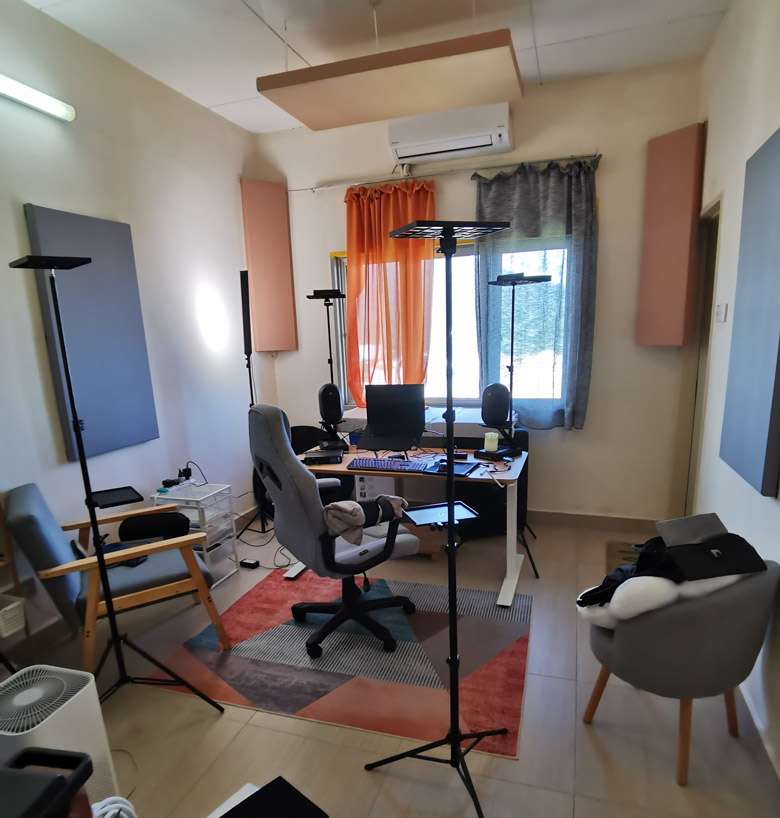
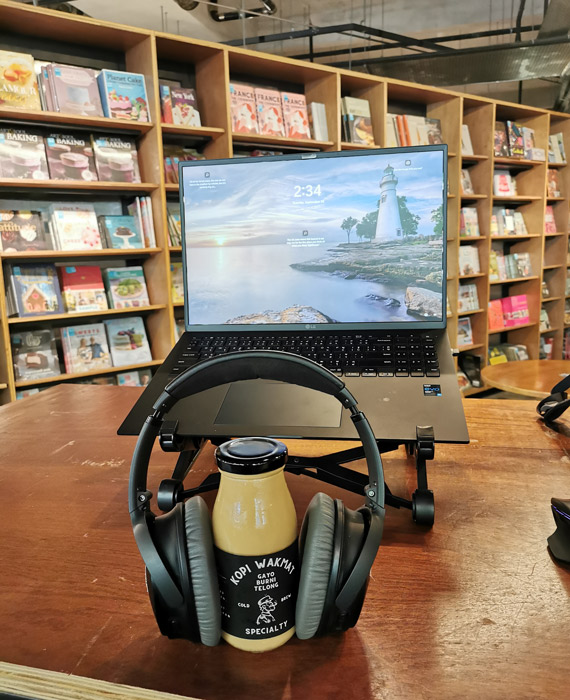
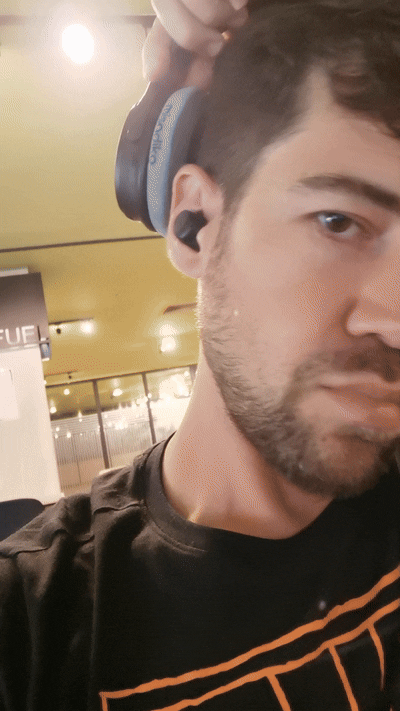
combining in-ear with out-ear for maximum isolation
As I prepare for more travel, I know I’ll need something smaller and more portable. The Genelec 8000 series seems like a great compact solution. If I ever settle in one place long-term, I’d love to upgrade to something like the Adam Audio A44H.
But for now, headphones remain king. They’re portable, detailed, and practical for the nomadic lifestyle of a sound explorer.
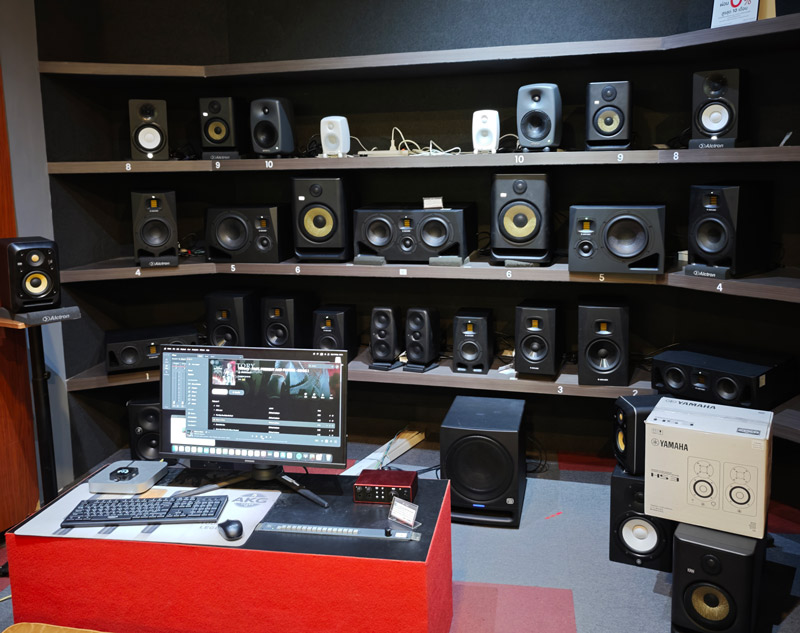
My monitoring journey has taken me from naïve beginnings with oversized hi-fi speakers to finely tuned headphones and multichannel setups. Each stage reshaped the way I listen and create. In the end, the gear matters, but it’s the act of listening closely that defines the craft.